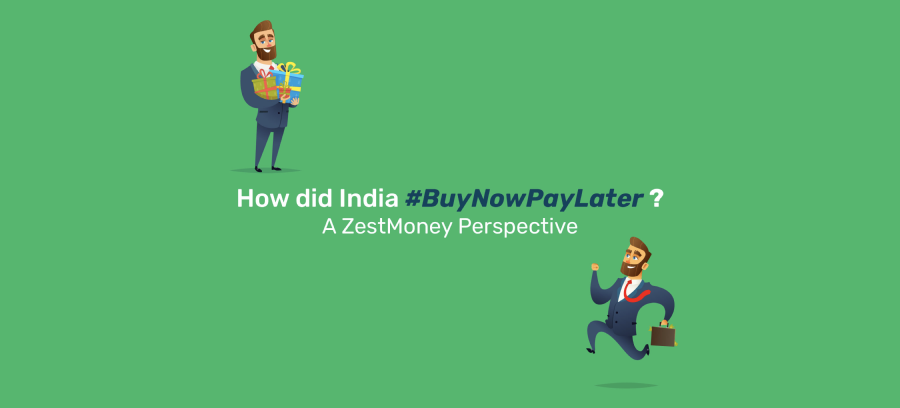
As a country, India has shown exemplary promise in every major revenue-generating industry. Yet, we have never been able to streamline and nurture one of the most important sectors for the general wellbeing of our populace- healthcare. Be it a developed country, like the USA, or a developing nation, like Nepal, the quality of healthcare policies has always been a decisive factor in public purview as well as a major talking point in elections.
India is still trying to figure out the intricacies of catering to the complex medical needs of a population this large. India has a little over one million modern medicine doctors to treat its population but only around 10% work in government hospitals. According to data from the 2017 National Health Profile, there is but one government hospital bed for every 2,046 people and one state-run hospital for every 90,343 people.
The quality of our healthcare system, as well as that system’s capabilities to fight a large-scale medical emergency, have been somewhat exposed due to the ongoing pandemic. India has recorded north of 5.6 lakh cases with the death count reaching almost 17,000. COVID-19 is a recent development but, even otherwise, India has a long history with other ailments and diseases.
What’s ailing India?
Over the course of two decades, ischemic heart diseases have remained the major killer in our country. In 2016, one in four deaths was caused due to cardiovascular disease, many times affecting patients in the most productive years of their lives and resulting in catastrophic economic consequences. In 2018, it was estimated that 13% of all deaths in India were caused due to chronic obstructive pulmonary disease, with 75 lakh people who were at risk of contracting it.
Tuberculosis (TB) is one of the deadliest infectious diseases in the world and is still very much prevalent in our country. India accounts for almost 25% of the world’s TB cases. In 2018, an estimated 9,700 HIV positive people and an estimated 440,000 HIV negative people died due to TB, which combined with all other patients brought the number of estimated TB incidents to a shocking 2,690,000.
Why does all this matter?
Given all that affects India’s health, it would make complete sense if we were spending a fair amount on healthcare as a country but that’s not the case. Despite an increase in the last five years, the amount of money that India spends on healthcare (3.6% of our GDP) is much lower than the global average (9.89% of GDP).
This is one area where lower spending does not indicate anything good. In countries with lower health expenditures, it is almost a given that that lack of expenditure by the government is being made up by the population. If 30% of the country’s total health expenditure is incurred by the public sector, the rest of it, approximately 70%, is then borne by customers, mostly as out-of-pocket expenses, with only 5% going towards insurance. It is estimated that up to 7% of the population is pushed below the poverty line every year due to this high out-of-pocket expenditure.
Spending out of pocket on medical care also leaves people at the mercy of their finances at hand and opens them up to future financial risk. The best way to protect yourself from the financial burden of this expenditure is obviously health insurance.
The benefits of health insurance
Though there are all kinds of health insurance offerings in the Indian market, less than an estimated 25% of the population is said to have health insurance coverage. In fact, Indians are more likely to spend more on insuring their cars and belongings than their lives. These are worrying statistics and speak to our mindset of viewing health insurance as a luxurious option when it is in fact a fundamental need.
Health insurance policies have fixed sums insured, which helps you get the best possible treatment without worrying about your finances. Thanks to healthy industry competition, you can find customized plans for your specific needs. Though insurance premiums can be a bit hefty if paid as a lump sum, these days you can even break up your insurance premium amounts into affordable instalments. This is a long term investment and is a sign of financial health since it protects you from uncertainty and risk. It can also act as a savings tool. You can claim deductions from your Income Tax Returns of up to Rs 25,000 for payment towards your insurance premium, with additional benefits availed by plans for senior citizens.
Health insurance is a boon at the best of times and is vital during turbulent times, like the ones we’re in. The demand for healthcare is bound to rise gradually as a result, leading to an increase in the demand for health insurance. Some experts believe premiums for health insurance are set to rise up by 25% next year so it’s best to invest in a plan at the earliest.
Having said the above, it’s important to remember that, even though the Indian healthcare system has a long way to go, all is not lost. The average Indian’s life expectancy has crossed 67 years; infant and under-five mortality rates are declining, as is the rate of disease incidence. Many diseases, such as polio, guinea worm disease, yaws, and maternal & neonatal tetanus, have been eradicated altogether. There will always be health challenges but we’re getting better at facing them. It is our responsibility as individuals to secure ourselves as best we can.
Start doing your research and make getting health insurance in 2020 a priority.



